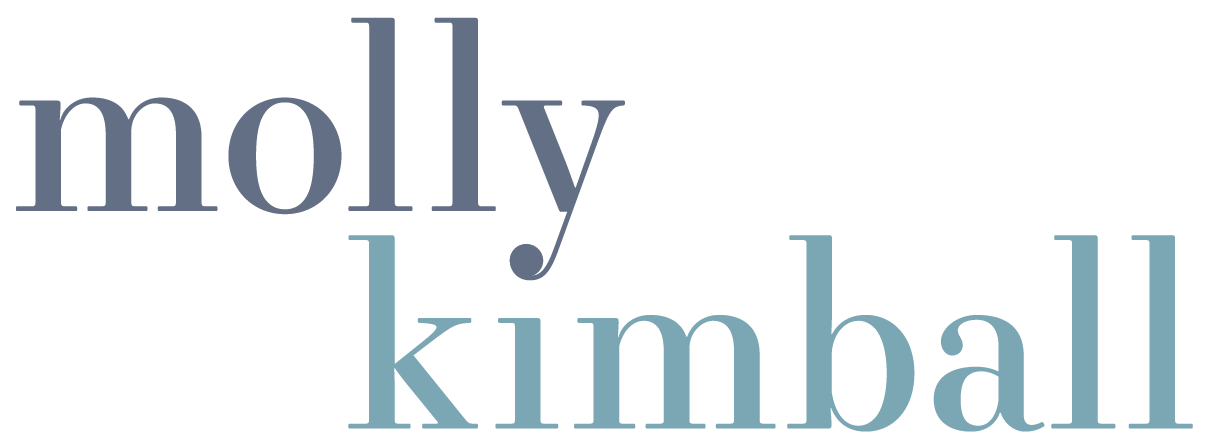Loaded Teas: Are they good for me?
Loaded tea is having its moment. Featuring a rainbow of brightly-hued teas with names like Tiger Tea, Sweet Tart and Wonder Woman with promises of energy, focus and revved metabolism, stores selling loaded tea have been popping up across the country.
And what could be better, more nutritious for us, than a daily dose of green, black and oolong tea? Packed with antioxidants and phytochemicals, tea is the quintessential health beverage, revered for its simplicity and purity.
Except that loaded tea isn’t so much ‘tea’ (at least not in the truest sense of tea) as it is a concoction of dietary supplements. A blend of caffeine and herbal stimulants designed to rev us up, providing a rush of energy that’s responsible for its growing cult following.
In fact, loaded tea contains most of the same ingredients that are found in energy drinks: caffeine, guarana, ginseng, taurine, inositol and high levels of niacin, which elicits a skin-tingling sensation that many experience with loaded tea.
Yet people who specifically choose to steer clear of energy drinks like Monster, Reign and Red Bull are suddenly sipping loaded teas without a second thought. The fact that it’s ‘tea’ versus ‘energy drink’ gives the illusion of wellness, wrapping these drinks within a health halo.
Exact formulations vary by store, but most include Herbalife’s Liftoff energy tablet and their Herbal Tea Concentrate, along with other add-ins like aloe juice and sugar-free syrups.
Herbalife’s Liftoff energy tablet contains multiple stimulants, along with corn syrup solids, the artificial sweetener sucralose and the artificial food dye yellow #6. And their Herbal Tea Concentrate is far from pure tea; the first ingredients are maltodextrin and fructose, followed by powdered tea extracts and added caffeine powder.
A loaded tea has 20 to 24 sugar-free calories, along with 160 to 200 mg caffeine (for perspective, a can of Red Bull has 80 mg, a cup of regular tea has 35 mg, and a standard cup of brewed coffee has 100 mg caffeine). The multiple stimulants found in loaded tea can leave us feeling jittery, spiking our heart rate and blood pressure. They can also negatively affect our mood and interfere with our sleep, leading to a cycle of energy highs and lows that leaves us feeling sluggish, craving carbs, and looking for another pick-me-up, swiftly creating a sense of reliance on products like loaded tea to help us power through our day.
If you’re curious about exactly what you’re sipping, finding the full list of ingredients and nutrition facts for loaded teas is anything but straightforward. The storefronts are equally vague, as well.
Loaded tea is sold exclusively by Herbalife-affiliated ‘nutrition clubs’ that are owned and operated by Herbalife distributors. Every shop has the word ‘nutrition’ in its name: Ideal Nutrition, Elite Nutrition, Beyond Nutrition…. you get the idea.
And stores aren’t allowed to advertise, as least not in the traditional sense.
According to a 2019 document outlining Herbalife Nutrition Club Rules, these loaded tea storefronts are ‘nutrition clubs’ (referred to as Commercial Clubs) and are “not retail establishments, cafés, restaurants or takeout establishments. To avoid any misconceptions by passers-by, Clubs may not have outdoor seating, and signage may not display Herbalife Nutrition branding nor imply that Herbalife Nutrition products are available for purchase.”
Advertising and promotions are strictly limited as clubs are specifically instructed not to attract “walk-in” traffic (because personal interaction supports direct selling, according to the Herbalife Nutrition Club Rules).
So why the cryptic weirdness?
Part of this lack of transparency appears to relate back to 2016, when Herbalife paid $200 million to settle a lawsuit by the Federal Trade Commission that claimed that the company deceived distributors into believing that they could earn a substantial income by selling Herbalife.
In addition to the $200 million payout, the settlement also included an order that required Herbalife to reshape its business from top to bottom.
Originally centered on selling weight-loss shakes and products through a multi-level marketing network where high-level salespeople earned commissions from distributors recruited below them, the company has since restructured their sales approach, with loaded teas apparently serving as one of several vehicles for selling Herbalife products.
Does loaded tea have any place in a healthy diet?
Think of loaded tea along the same lines as an energy drink. And while few people would likely argue that energy drinks are ‘healthy’, many people can drink energy drinks in a responsible manner, without consequence. Do I want people to drink energy drinks? Absolutely not. But I do realize that many people can incorporate them safely. Loaded tea falls into this category as well.
If you do opt to drink loaded tea, limit it to one a day, and preferably not after lunchtime. Consider drinking only half, saving the other half for the next day. Or go halfsies, diluting it 50-50 with an herbal iced tea to give more volume, making it easier to save the other half for the next day.
For more on loaded tea, check out the Herbalife exposé documentary, “Betting On Zero,” and tune into my FUELED Wellness + Nutrition podcast where I’m be joined by our Ochsner Eat Fit RD Maria Sylvester Terry.
We also explore more details of the relationship between loaded tea and Herbalife, including the history of the company, the lack of transparency, and the strange and convoluted story about how these “nutrition shops” came to be. Just how is it that Herbalife distributors who historically sold supplements via multi-level marketing platforms are now selling tea from these storefronts.
